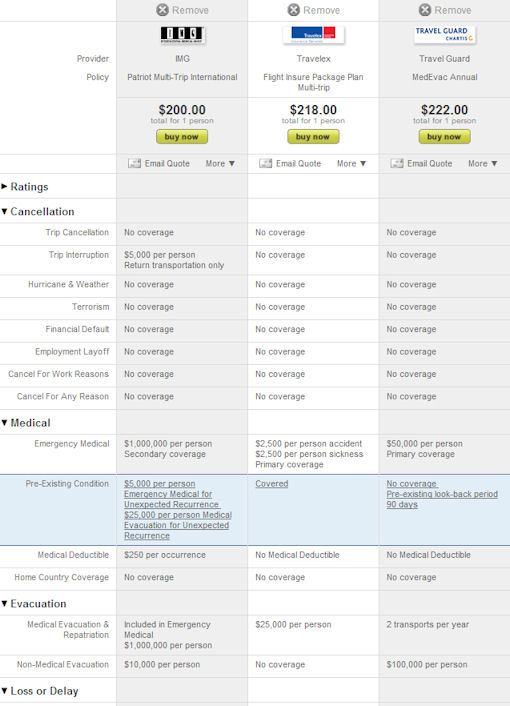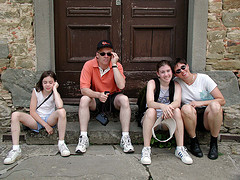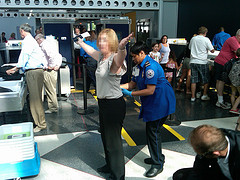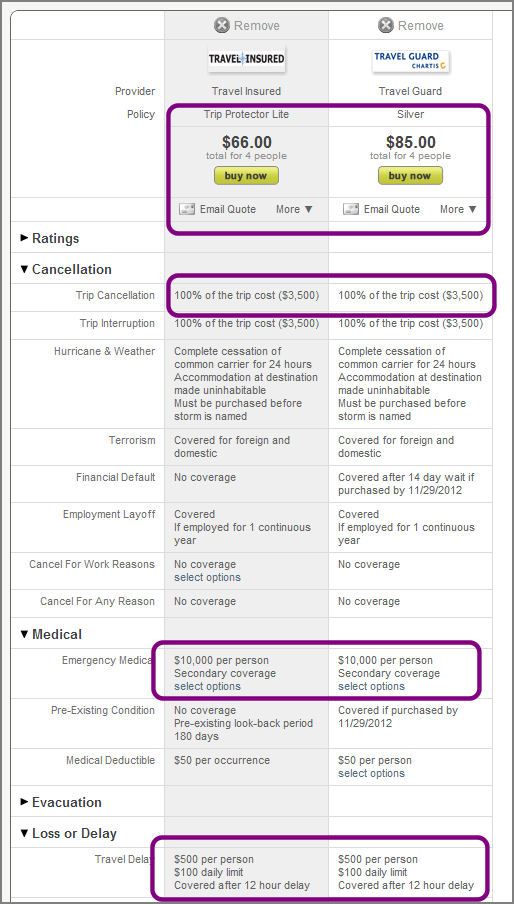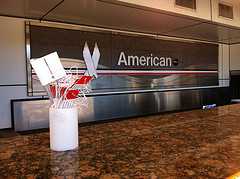 Have you ever lost your wallet or had it stolen from you? At one time or another, most of us have experienced either one or both of these scenarios.
Have you ever lost your wallet or had it stolen from you? At one time or another, most of us have experienced either one or both of these scenarios.
Now, imagine if you were traveling and your wallet is stolen the day before you have to get on the plane for a domestic trip. You remember the question they ask you at the ticket counter and at security, don’t you?
“Your ticket and a valid form of ID, please.â€
What if your only valid form of ID was your driver’s license, which was conveniently tucked into your wallet – the same wallet that was stolen? It’s unlikely that you’re going to get on the plane today.
To have a backup source of ID
The #1 reason to travel with your passport – even for domestic trips – is to have a second (backup) form of identification.
This is true no matter whether you are coming or going:
- On the return leg of your domestic trip, even if your first form of identification is stolen or lost, you can still get home with your passport as a backup form of identification.
- On the outbound leg of your domestic trip, having your passport on hand as a backup form of identification can mean that you don’t lose all your trip costs.
After all, even travel insurance can’t help you if you are turned away at flight counter because you don’t have valid ID.
Yes, you read that right – travel insurance won’t pay for your delay in getting home or for cancelling your trip when you can’t board because you don’t have a valid form of identification. This is considered an error on the part of the traveler, and not their responsibility.
Worried about traveling with your passport?
Now, traveling with your passport requires a certain level of vigilance – see our 7 Passport Travel Safety Tips for details – but it is considered the ‘top dog’ when it comes to valid forms of identification and it will certainly get you on that flight.
Still worried? Consider the passport card
Don’t like the idea of carting around your very special form of U.S. identification wherever you go? We understand. Apply for the U.S. passport card as your backup and keep it separate from your driver’s license when you travel. The passport card cannot be used for international travel, so it’s only useful inside the U.S., Mexico, and the Caribbean.

 Many of us are looking at our list of resolutions for the new year, and if travel is on your to-do list for the coming year, it just might be time to look into your travel insurance coverage ahead of time.
Many of us are looking at our list of resolutions for the new year, and if travel is on your to-do list for the coming year, it just might be time to look into your travel insurance coverage ahead of time.